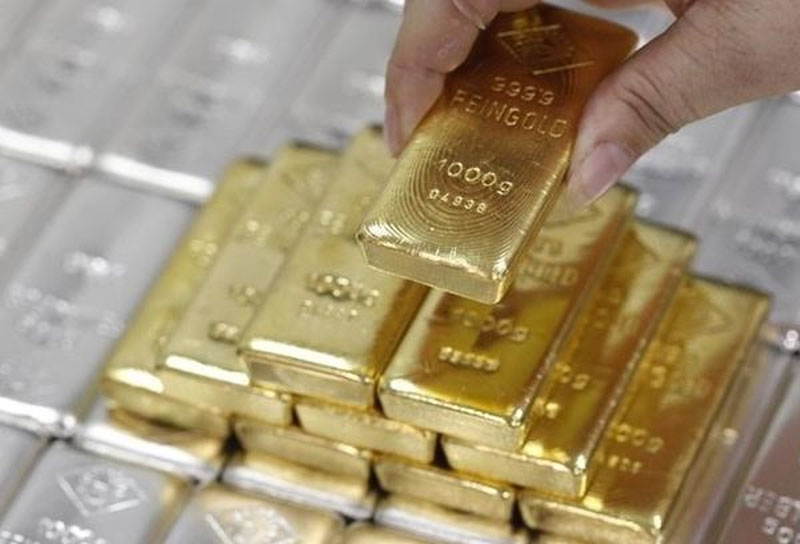From January to May, gold exports from Uzbekistan reached $6.49 billion. This follows from the National Statistics Committee data.
This is 54.8% more than the five-month figure of last year ($4.19 billion). Although Uzbekistan did not export gold in January, exports amounted to $1.73 billion in February, $1.84 billion in March, $1.91 billion in April, and $1.01 billion in May.
The share of precious metals in the total exports increased from 37.1% to 43.8%.
Let us remind you that Uzbekistan's international reserves reached $49.66 billion in May, a record level since observations began in 2013. The growth continued for the fifth consecutive month, and since the beginning of the year, the reserves increased by $8.48 billion.
In the first five months, the price of gold increased by 25.5% – from $2624 per ounce to $3292. The sharp rise in the prices of precious metals this year was amid geopolitical instability (demand for gold as a safe asset is increasing), the US elections and President Donald Trump's tariff policy, and the lowering of interest rates by the US Federal Reserve System.
Navoi Mining and Metallurgy Combinat, the fourth largest gold producer in the world and the largest taxpayer in Uzbekistan, increased its gold production volume by 5.4% in 2024, achieving a record income of $7.4 billion. The net profit amounted to $2.1 billion, which is 44.6% more than last year.
According to the International Monetary Fund mission, the volatility of gold prices brings the risk of inflationary pressure on expenses when prices are high and the risk of reducing expenses when prices are low, which intensifies macroeconomic fluctuations. Therefore, Uzbekistan is advised to try to minimize the impact of changes in gold prices on state expenditures.
In other words, the state finances of Uzbekistan are sensitive to changes in gold prices, and such changes can destabilize the budget.
Specifically, if the price of gold rises, exports will generate more income. Once more money appears in the budget, it can lead to an increase in state expenditures. However, such growth can be temporary and may bring about inflationary pressure - prices in the economy will begin to rise.
When the price of gold falls, the budget loses part of its revenues. As a result, the state may be forced to reduce expenditures, which can slow down economic growth and have a negative impact on the social sector.






